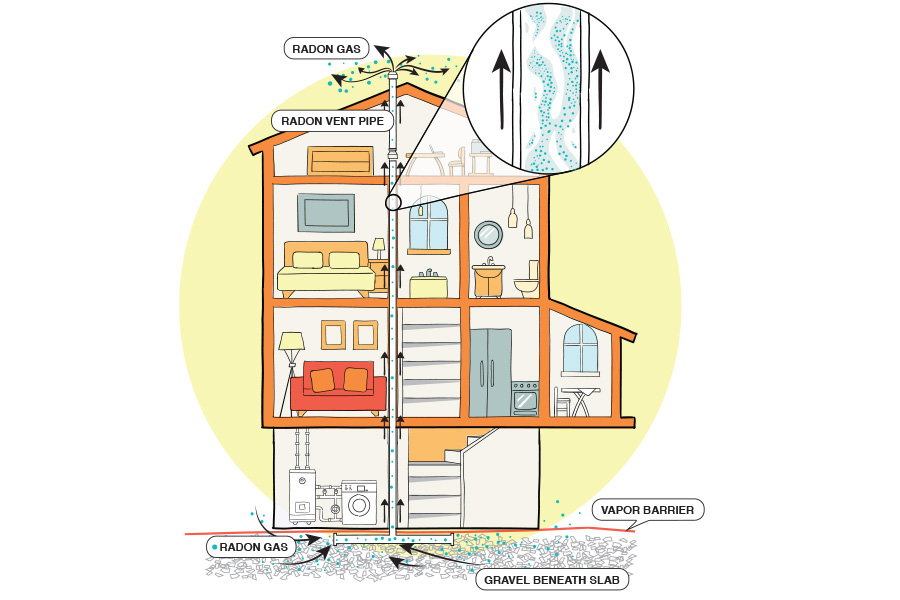You might blame El Ni¤o. You might blame the grocer. But,
when it comes to high
vegetables prices this winter, you can definitely blame it
on the rain.
“What you have to understand about vegetable supplies and
prices is that things
are seldom normal,” said Bill Mizelle, a
University of Georgia
agricultural economist.
“Weather constantly affects planting, growing conditions
and harvesting. This
winter has been a ‘normal abnormal’ year,” he said.
Winter vegetable supplies have been less than normal in
Mexico, California and Florida
because of weather problems, possibly related to El Ni¤o.
“West Mexico and Florida are the primary suppliers of
tomatoes,” Mizelle
explained. “Planting and growing conditions were affected by
unusually wet and cooler
weather.”
Expect tomato supplies from Mexico to remain below normal
until early March. Other
winter vegetables are also down. But supplies from Mexico
should pick up in mid-February.
December storms in Mexico brought cold air that damaged
blooms. And the major growing
areas had freezes on several mornings.
Florida’s winter has been one of heavy rains, and more El
Ni¤o-related storms are
expected.
“Central Florida received more than 15 inches of rain in
December,” Mizelle
said, “that’s twice the previous record. If more storms
materialize, more winter
production will be cut.”
Rains could also hamper spring planting. That would keep
produce in short supply even
longer.
“Last winter’s production was interrupted by a January
freeze,” he said.
“Tomato prices the last week of December were $10 per 25-
pound carton — $2 higher
than last year. By the last week of January, prices had
dropped to $8, compared to the
freeze-induced price of $14 last year.”
Tomato volume to date is up slightly above last year.
Southern California and Arizona had rain and cool weather
slow lettuce production.
“Yuma, Ariz., had twice the normal rainfall in 1997, much
of which occurred with
hurricane Nora in September,” Mizelle said. “Lettuce takes
four to five months
to mature, and two days’ planting interruption will cause a
week-long void in supplies
four to five months later.”
Nora’s effects were felt mostly in December. Winter
lettuce acreage was down for this
season because of poor prices in the past three years.
Shipping-point prices the last week in December were $25
for a carton of 24 heads. By
the last week of January, prices declined to $4.35, about
the same as last year. The
volume last week was about 15 percent higher than last
year’s. However, the volume to date
is 5 percent lower than in 1997, Mizelle said.
In Georgia, the rain isn’t disrupting harvesting, but
soil preparation.
“Most of our vegetables aren’t in the ground now,” said Darbie Granberry,
an extension horticulturist
with the UGA College of
Agricultural and Environmental
Sciences. “But it’s been too wet to get into the field
to work the soil to
prepare it for planting spring crops. That can make us late
planting.”
One of Georgia’s most famous crops, Vidalia onions are in
the ground and look pretty
good, said Reid
Torrance, a Tattnall County
extension agent.
“They can tolerate a lot of water,” he said. “I’m amazed
how well they
recover with just a few days of sunshine.”
Onions planted late in the season, within the past month,
are suffering the most.
“They haven’t had a break in the weather, especially in
temperature, to recover from
transplant shock,” Torrance said.
Many crops planted from transplants, rather than seeds,
need an adjustment time to
adapt from the greenhouse to the field.
“They look amazingly good, for what they’ve been
through,” Torrance said. The
proof will be in the harvest, which beings in late April.




